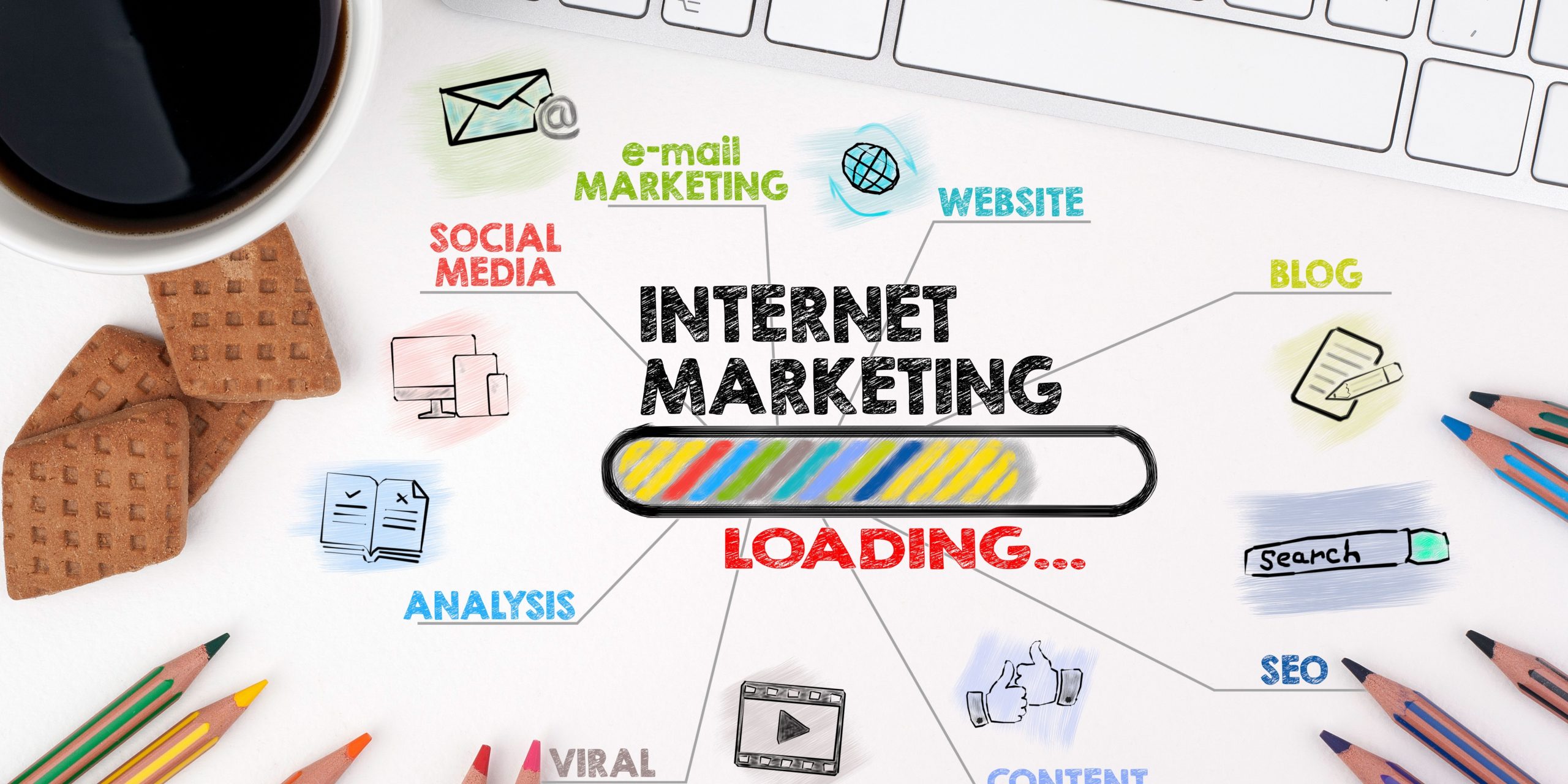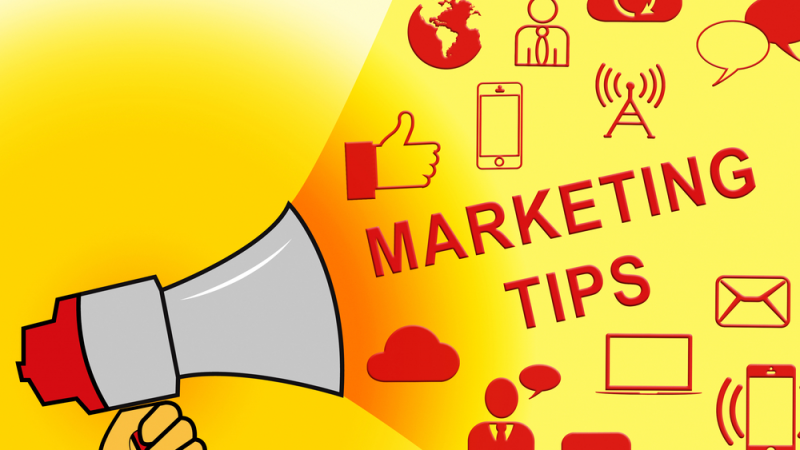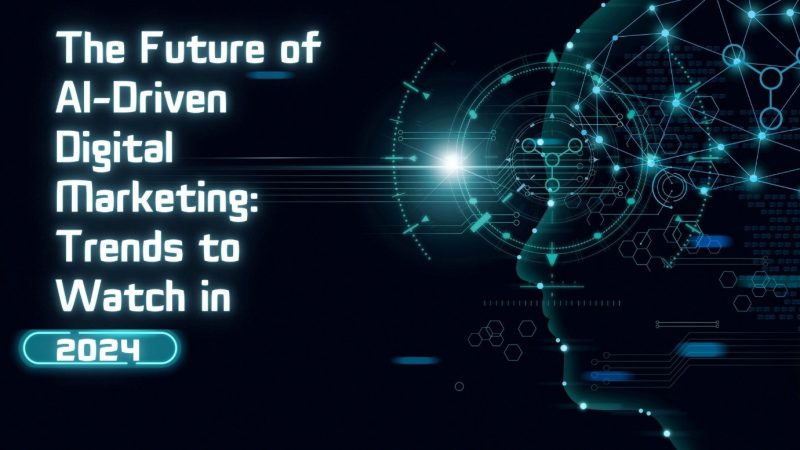The basic guide of Internet Advertising

Internet advertising is a marketing campaign that delivers promotional messages to people worldwide using the Internet as the platform for international marketing.
In the 1990s, web technologies developed, allowing internet advertising to become a virtual equivalent of traditional marketing methods like TV and radio ads, newspaper ads, billboards, etc. In the year 2019, marketers predict that digital advertising will exceed traditional advertising in terms of spending.
Merits and Demerits of Internet Advertising
Over four billion people use the Internet worldwide. The result is a huge increase in internet advertising. Search engines enable people to find products, social media allows people to follow brands, and people use emails and push notifications to receive information about their campaigns. Advertising offers a wide range of options, but it’s hard to utilize them effectively. Now let’s take a closer look at the advantages and disadvantages of online advertising.
Merits
- Global reach: Nowadays, people use search engines to learn about products and services, such as Google, Bing, and others. Via the Internet, you can reach anyone in the world. Over 4.3 billion web users worldwide can see your offers through Internet advertising.
- Budget-friendly: The minimum cost to reach 2,000 users is three times less expensive than traditional advertising methods, so any business, no matter how small or large, can leverage online advertising and benefit from it.
- Increases traffic to a website: Advertising on the Internet aims to get people to visit your website by attracting their attention. TAs your site becomes more popular, you will have more potential customers, resulting in more sales. A good reason to click through your website should be offered in the digital advertisement.
- Targeting is possible: Online advertising lets you target consumers who are most likely to become customers, unlike traditional advertising media that targets everyone without filtering. For example, a travel equipment company may use social media advertising to reach users interested in traveling, encouraging likes and shares.
- Your audience can be reached in multiple ways:Advertising online allows you to appear to your potential clients at the right time and place. Use social media, such as Instagram and Pinterest to showcase your bakery’s products. Using email marketing can reinforce your relationships with your audience and help you share news and information. If you mix different forms of digital advertising wisely, you can demonstrate your company’s continuous presence and availability.
- You can measure it: Unlike offline marketing, where results and costs are approximate, web analytics platforms such as Google Analytics let you count the effectiveness of your online marketing and return on investment.
Demerits
- Competition is fierce:Depending on your niche, you may have to compete for a client’s attention if you haven’t invented something new. You need to continuously improve your product to remain competitive in this market, especially for eCommerce businesses.
- Making mistakes can be costly: The most common mistakes you can make that can cost you money are targeting the wrong people and selecting highly competitive keywords. Either hiring an expert or gaining experience will help you eliminate these errors. Both variants require investments.
- Complex analytics: An experience in interpreting the results of your ads is a prerequisite for understanding the results of a third-party platform such as Google Analytics. Companies and brands with large budgets hire analysts to target and make their ads more efficient.
- Blindness to ad campaigns:The term refers to banner blindness. Web pages are almost always filled with advertising. Because of this, banners go unnoticed by them. In order to combat this, make sure your banners target the right audience.
Types of Internet Advertising
Internet advertising offers various ways for businesses to reach out to potential customers, so let’s examine some of the most influential types.
- Search Engine Marketing: It involves getting your website on the SERP (search engine result page), either organically or paid. The search bar represents the beginning of the buyers’ journey. The first page results of a search are what people typically focus on when entering a keyword.
- Email Marketing: Email is used as a method of marketing communication. Since email marketers always search for the latest innovations like recently launched interactive and personalized emails, email marketing remains the most traditional and adaptive.
- Social Media Ads: This means advertising on social networks such as Facebook, Instagram, Twitter, Pinterest, and LinkedIn for B2C and B2B, respectively. Two ways that companies use social media to advertise and share the news:
- Organically: Depending on your product, you may create useful content such as tips, hacks, or recipes to encourage shares and develop an attractive brand image.
- Paid: Social media functionality can be used for business by targeting promotional posts to your target audience based on age, gender, favourite activities, and other commonalities they share.
- Native Advertising: In a sense, this is a non-irritating alternative to display ads. The New York Times, BuzzFeed, and Bored Panda all charge companies to place promotional materials. Since it takes place in a relaxed and entertaining way, the readers don’t realize their interests have been exploited – hence the term “native advertising.”
Market Overview:
As per a report published by Astute Analytica, the global internet advertising market topped $345.33 billion in 2020 and is expected to reach $1,503.20 billion by 2027, there being a 24.7% CAGR from 2021 to 2027. This report discusses top investment pockets, winning strategies, drivers and opportunities, market size & estimates, competitive landscapes, and evolving market trends.
The global internet advertising industry is driven by digital media expenditures across various industries and the popularity of streaming platforms. In contrast, ad-blockers are widely used to avoid online advertising, which restrains growth. Despite this, the rise in identity-based pay-per-click (PPC) marketing and the rise of advertising automation will lead to lucrative opportunities over the next few years.






